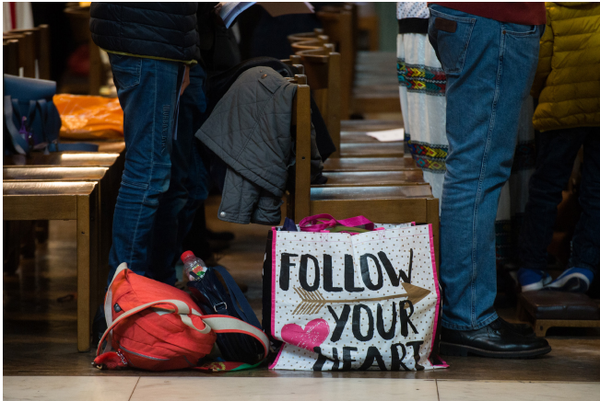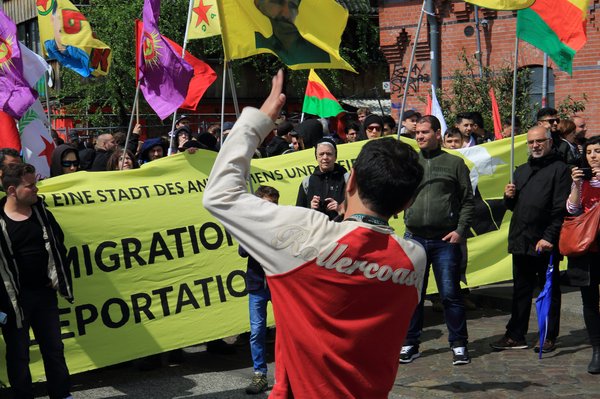
IOM partnership on assisted voluntary returning children from Ethiopia. UNICEF Ethiopia/2016/Ayene. CC BY-NC-ND 2.0.
This journal article was originally published in the International Migration Review. The original article can be found here.
Abstract
This article expands scholarly knowledge on migration decision-making drawing on the case of Hadiya (Southern Ethiopia) migration to South Africa. We propose a conceptual framework where intangible factors (religious beliefs, imaginations, norms, and emotions, and feelings) are placed at the core of decision-making, alongside more tangible factors, such as livelihood opportunities. Even though we differentiate between intangible and tangible, we reject any opposition between the two, arguing that they inform and reinforce each other. The Hadiya—South Africa migration corridor emerged from a foundational evangelical Christian prophecy in 2001, which coincided with other events in the Hadiya zone, such as increasing pressure on farmlands, the politicization of internal migration, and more liberal migration policies. Drawing on extensive qualitative data, we focus on the relevance of intangible factors in Hadiya migration to South Africa, bringing to the fore an understudied aspect of decision-making. Showing the centrality of such aspects in Hadiya respondent's life stories, we argue that only by looking at the interplay of intangible and tangible factors we can reach a better understanding of the complex dynamic of migration decision-making.



